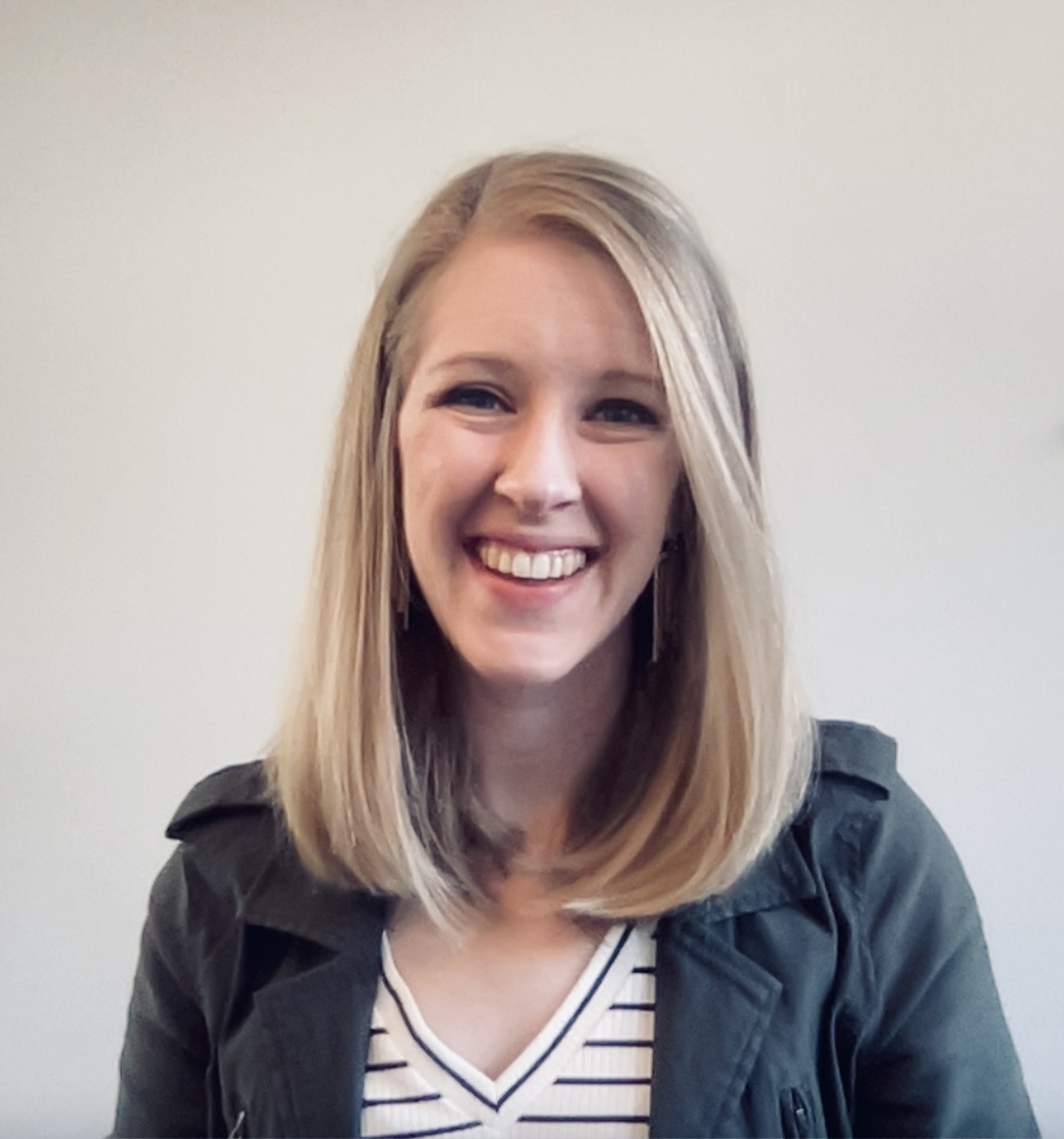Alright – so today we’ve got the honor of introducing you to Sarah Fraps. We think you’ll enjoy our conversation, we’ve shared it below.
Sarah, appreciate you joining us today. Let’s start big picture – what are some of biggest trends you are seeing in your industry?
Artificial intelligence and its impact on creativity, especially writing and art, has been a huge topic in the last 6 months to a year. As a freelance editor, I work with people’s creative output on a daily basis, helping them to craft strong stories that resonate with readers. Over the last year or so I’ve seen the impact of artificial intelligence play out in different ways within publishing. AI first came on my radar when it started becoming more integrated in editing and grammar software that many writers use to support their revising and self-editing processes. This didn’t concern me at first because the quality of the AI corrections and suggestions were laughable at times. Any worry that editors and proofreaders had that AI would replace them were quickly quelled.
So for me, the AI topic became an opportunity for education: how to use it to boost creativity (but not plagiarize); how to use it to take over mundane tasks related to running a business; or how to use it for research. There were, of course, some bumps in the road. I had to start inquiring with potential clients about how they had used AI in the process of writing their book. I began to recommend that authors put a statement on their book saying they had not used AI in any part of the book-writing process.
Since then there’s been some integration of AI into certain aspects of publishing. Just recently I was researching literary agents and publishers for a client and discovered that a popular database for agents and publishers used AI in their search function to match authors’ book details to relevant agents/publishers. This was genius—and it saved an incredible amount of research time. Despite these sorts of innovations and obvious time-saving pros for using AI, there is still a distinct worry about piracy, an issue that recently came to light earlier this year when it was discovered that Meta had used over 7 million pirated books for AI training.
This had actually been going on as early as 2023 but just started picking up steam in the book world this spring. It affected traditionally published authors, well-known/famous authors, and indie/self-published authors alike. For indie authors, many of my clients, this was particularly devastating. Publishing your own book, and doing it well, is not an inexpensive endeavor, and to have your book pirated without any regard for the effort it took to publish it or the fact that it is your copyrighted intellectual property was understandably upsetting for many people. The Authors Guild started taking action on behalf of authors right away, including legal action.
Bad actors have also used AI in recent years to publish fake books under well-known author’s names (publishing guru Jane Friedman experienced this last year), as well as flooding the market on sites like Amazon with plagiarized, AI-produced, low-quality books. These attempts to use AI for a quick buck were, again, laughable. (Equally laughable are the people thinking that selling books on Amazon is easy money. Just ask most indie authors—it takes a lot of time, effort, and more than a few books to make a profit.)
Understandably, after all of this, AI still has a bad rap in publishing, and I’m very careful with how I use it in my own business. For now, I do not use it for editing or proofreading. But AI is also not going to go away, and it will continue to get better and better at doing those mundane tasks of finding grammar and spelling errors. The question many in the industry are asking is, is there something about human editors or proofreaders (or human writers) that AI will never be able to reproduce? We don’t know, but in the next few years, as AI improves at a breakneck pace, we’ll surely find out.
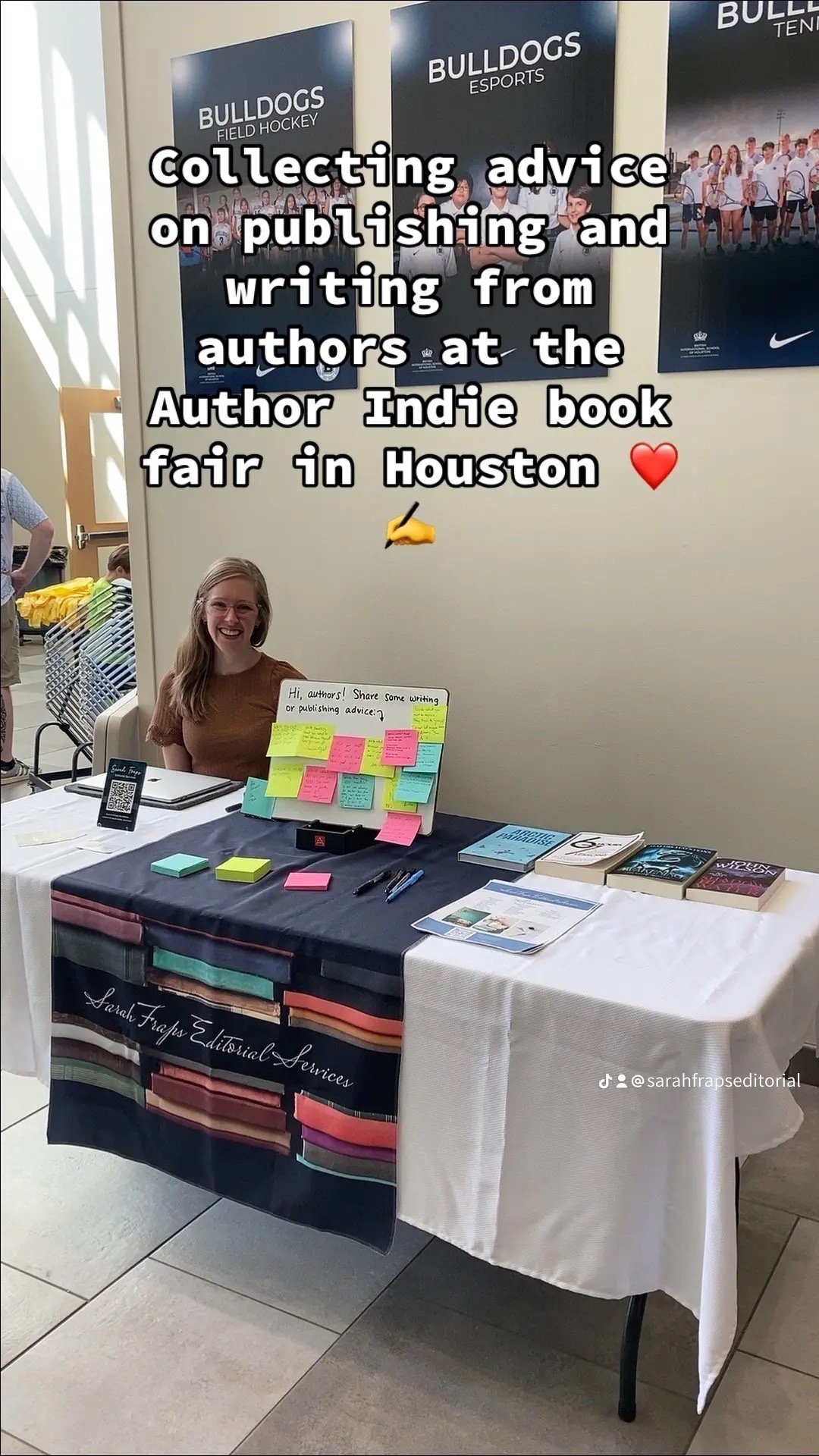
Sarah, love having you share your insights with us. Before we ask you more questions, maybe you can take a moment to introduce yourself to our readers who might have missed our earlier conversations?
When I graduated college with a degree in English I wanted nothing more than to start my career in the world of books. Unfortunately, freelancing is one of those jobs where it really helps to have a network and a financial safety net. As a twentysomething in Texas these were two things I did not have. So I took a long detour into teaching, and it was really good—really challenging but good. My first year teaching was a “baptism by fire” to say the least. The learning curve was very steep, and I spent a lot of my evenings that year prepping, planning, and troubleshooting all kinds of classroom issues. After that year, I had the opportunity to work at a brand-new startup classical school. I didn’t know it then, but that experience would set me up to strike out on my own later on.
For six years, I was at the forefront of the building of a school, but also the building of a business, from the ground up. And I took notes. I took on leadership roles. I did some public speaking (which I hate!). I taught workshops and trainings. I became a master of my classroom, and I even briefly started a master’s degree in teaching reading, which is, in hindsight, still one of my favorite and most rewarding aspects of teaching—something I still miss. With Covid in the rearview mirror, though, I was starting to feel the wind’s of change. Our family needed a change of pace and more flexibility, and I felt confident that freelancing would meet our needs.
I’d done some editing in college at my university’s writing center, but my skills were rusty. So I started with an online course in proofreading, followed by an online course in copyediting through the Editorial Freelancers Association. The proofreading course included some information on starting a freelance business, so the summer after I left teaching, I created a very long to-do list that would get my business off the ground. After a month, everything was in place: my business was legally set up, I had a website, I was marketing myself, and I had even gathered some testimonials related to small writing and editing projects I’d done in the past. All that was missing were clients.
It took six months of marketing every single day before I landed my first client. Since then, I’ve worked regularly with two publishers and over 150 projects with independent authors. Two things I noticed about the publishing industry when I first started freelancing: 1) There are lots of scammy people out there, and 2) There are a lot of gatekeepers. By scammy people, I mean folks who do not have any credentials that would suggest they are “good” at editing, and by gatekeepers, I mean people (and publishers) who believe only certain topics and types of writing “deserve” to be published (and that they should be the ones to set what those topics are).
Now don’t get me wrong—there are topics and genres that I prefer not to edit (horror, for instance, is not my thing!), but in recent years I think, as whole in the US, we’ve lost a sense of liberalism in the best sense of that word. By that I mean prioritizing the rights of individuals to say (and publish) whatever they want, even if it’s something we disagree with or find abhorrent. I can have preferences for the projects I work with, but it’s not my job to say whether something should or shouldn’t be published because of the topic or because it may offend.
Curiosity has become an important part of the work I do. I sometimes find myself at odds—politically, religiously, ethically—with content that I come across in my work. It is possible, though, and I think extremely important to be open to what others have to say, especially in a creative context. I may not be the right fit for that author, but by not dismissing them, by hearing them out and learning more about their perspective, I can better serve their needs, even if we don’t end up working together.
Second to that, as I mentioned before, because self-publishing is open to everyone, there is a lot of poor-quality publishing going on. And it doesn’t need to be this way. I tell authors, it it possible to mimic what is good about traditional publishing (layers of editing and preparation of the manuscript before publication) without breaking the bank. High-quality books = better reviews = better books sales.
When clients work with me, I hope they find that I am curious and open; that I am hard-working and determined; and that I strive to create a personalized editing experience that produces a high-quality book. I can never guarantee 100% error-free content, nor can I promise that authors will sell a lot of books or get picked up by an agent or publisher, but I am proud of the dozens of books I have helped authors and publishers publish, and the clients who continue to come back to me for future projects. Nothing is more satisfying than seeing an email in my inbox from a previous client who is ready for help on their next book or a kind word from a head editor at a publishing house about the quality of my work—it’s an honor!
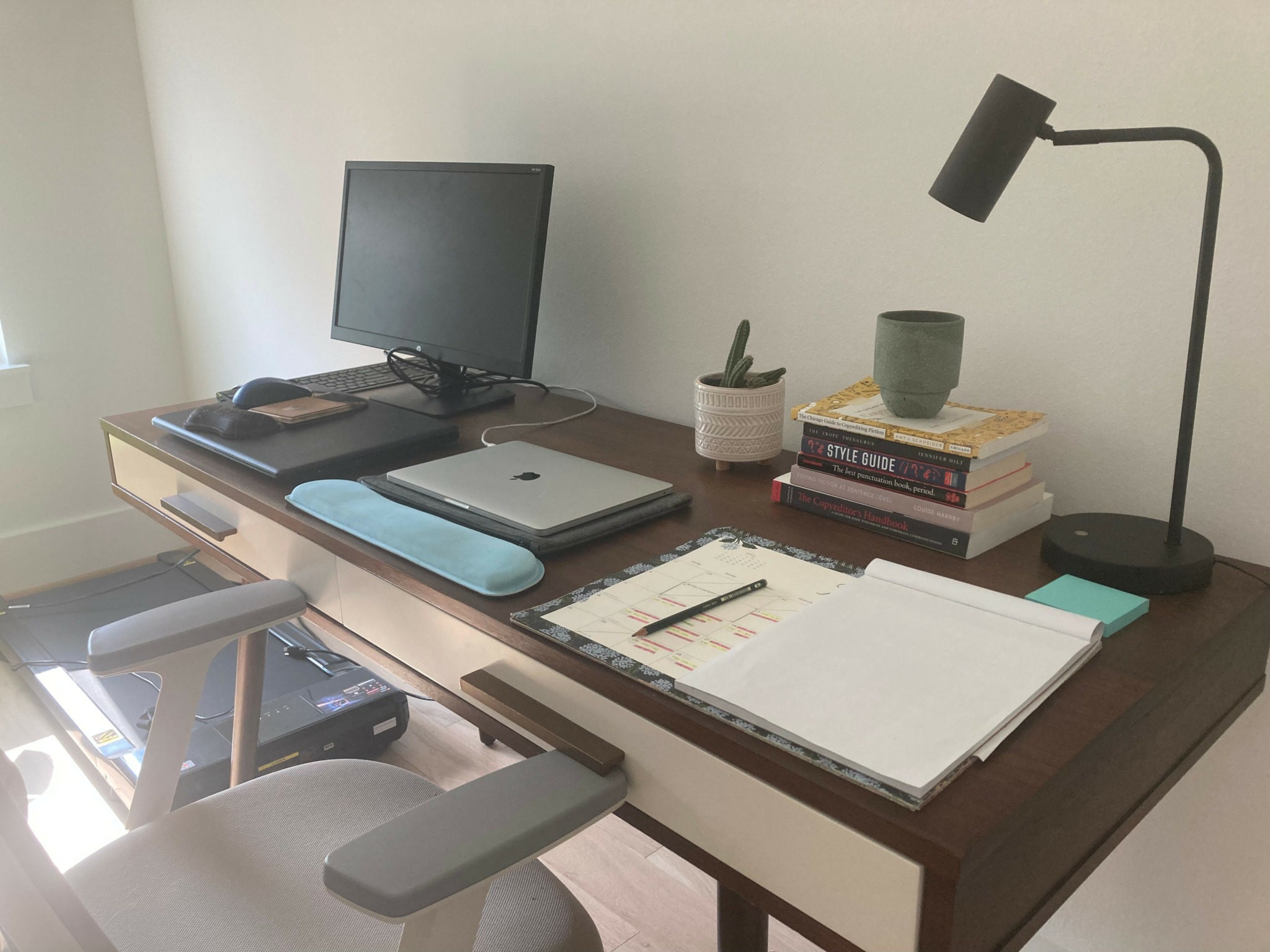
What else should we know about how you took your side hustle and scaled it up into what it is today?
I never intended for my freelance editing to become the full-time work it is today, but it’s been so fulfilling that I have no intention of scaling it back for the foreseeable future. After I’d been freelancing for about 8-9 months I came across a webinar from the CEO/owner of a publishing services company on Facebook. She was going to be sharing her process for gaining editing clients fast. Honestly, it sounded a bit gimmicky as these types of things usually do, but the webinar was free and it was broken up over a few days, so I decided to take the plunge. (I wasn’t getting half as much work as I do now at the time, so having the time to do it wasn’t really an issue.)
In the first meeting, Morgan, owner of Paper Raven Books, issued a challenge to our webinar group to use the wording/framing she had spent the webinar talking about to offer a potential client a specific introductory editing service that would meet their needs. She argued this would save the editor the time, expense, and frustration of trying to figure out what the author needed and whether they (the editor) were a good fit for the project.
All this to say, I met the challenge that same day and booked a client via LinkedIn, and this webinar series eventually led to me joining a course offered by the Professional Book Editors Association (another project of Morgan’s) that not only ramped up my service offerings but also provided a step-by-step guide to creating a customer pipeline—basically a process for finding and onboarding clients more effectively through an introductory service and referrals. Within three months, I had made up the cost of the course and more, and I was booking more clients than I ever had before all because of the introductory service, scaling up my pricing, and overhauling my marketing strategies with more reliance on referrals.
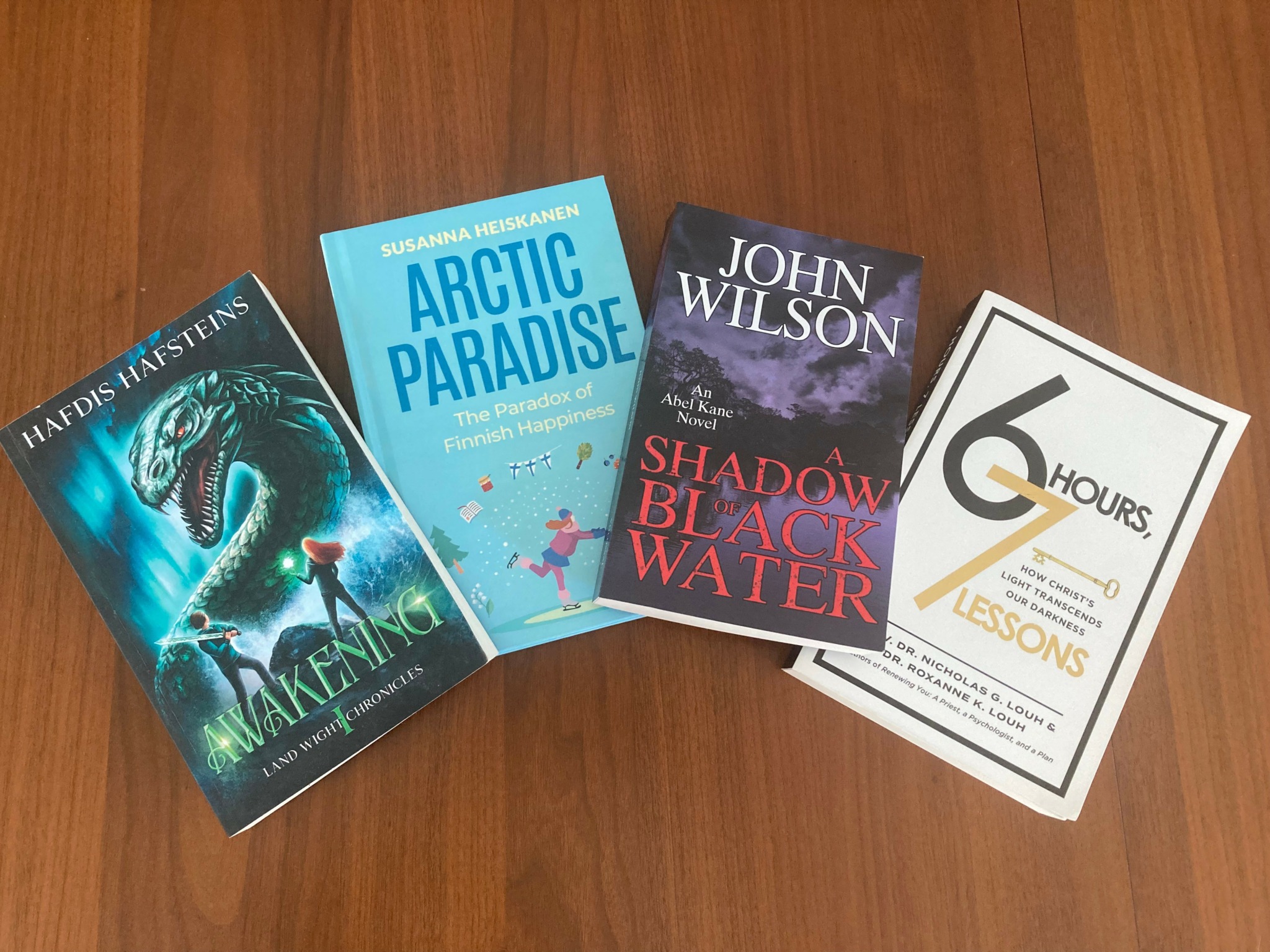
Can you open up about a time when you had a really close call with the business?
The first six months of my freelance business were absolutely terrifying. Our household budget was a lot smaller due to loss of income, and it was scary to think that loss might never be made up. I was working every day, marketing myself, trying to get my business off the ground, and had had many, many people interested but no one willing to take a chance on me.
But it’s true what so many of my mentors have said: All you need is one client. That one client may have another project, or better yet, they may have a referral. Once you’ve had that one client it’s much easier to get the second, third, and so on. After that first client, I felt like I could finally breath a bit, and with consistent marketing and networking habits, along with continuing to build rapport with previous clients, it’s all been uphill from there.
Contact Info:
- Website: https://www.sarahfraps.com
- Instagram: https://www.instagram.com/sarahfrapseditorial/
- Facebook: https://www.facebook.com/sarahfraps
- Linkedin: https://www.linkedin.com/in/sarahfraps/
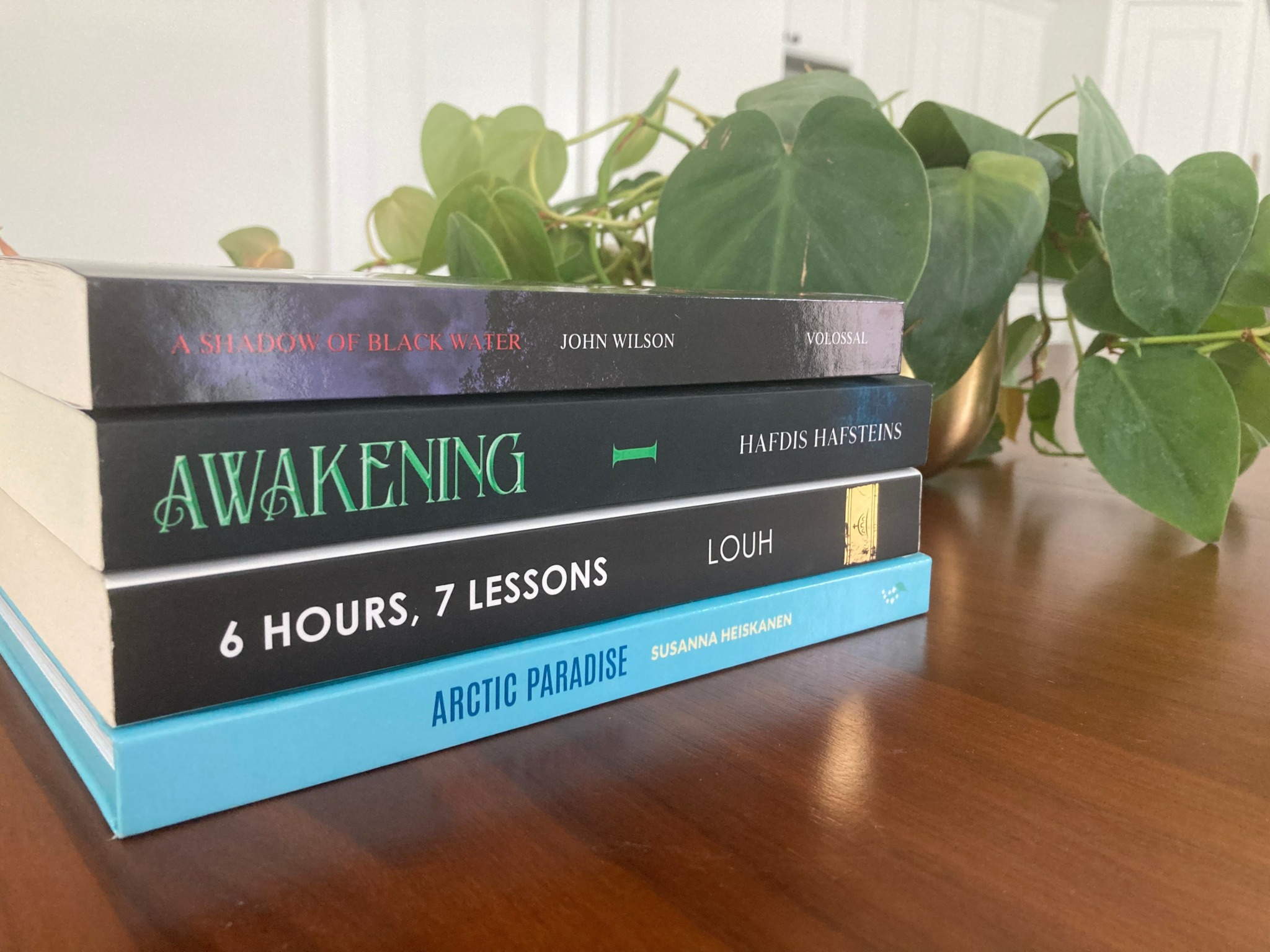
Image Credits
All photos by Sarah Fraps


